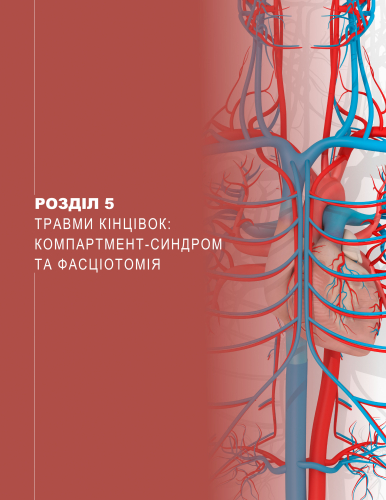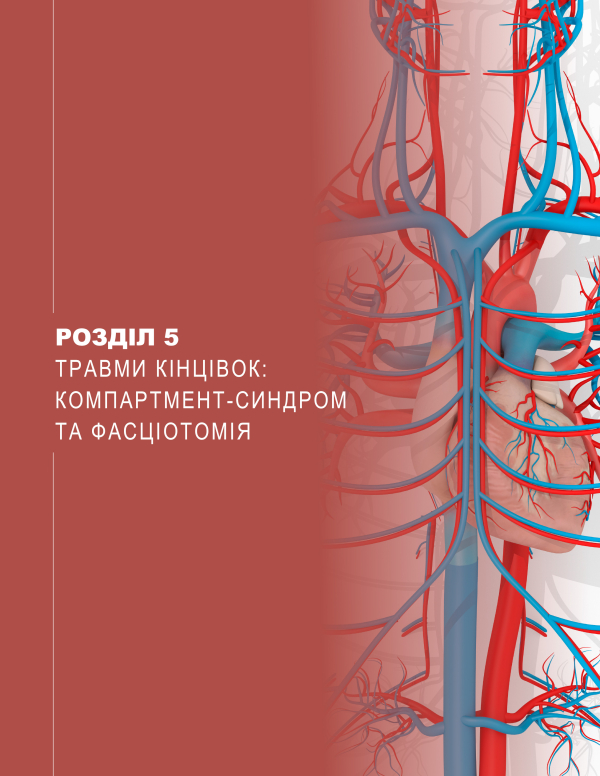Support the development of the TCCC project in Ukraine
- Learning Objectives
- Considerations
- Pathophysiology
- Diagnosis
- Clinical Assessment
- Tissue Pressure Measurements
- Surgical Fasciotomy
- Lower- Leg Fasciotomy
- The Lateral Incision
- Pitfalls of the Lateral Incision
- The Medial Incision
- Pitfalls of the Medial Incision
- Compartment Syndrome of the Thigh
- Gluteal Compartment Syndrome
- Gluteal Fasciotomy
- Compartment Syndrome of the Foot
- Compartment Syndrome of the Forearm and Hand
- After Care
- Complications




















